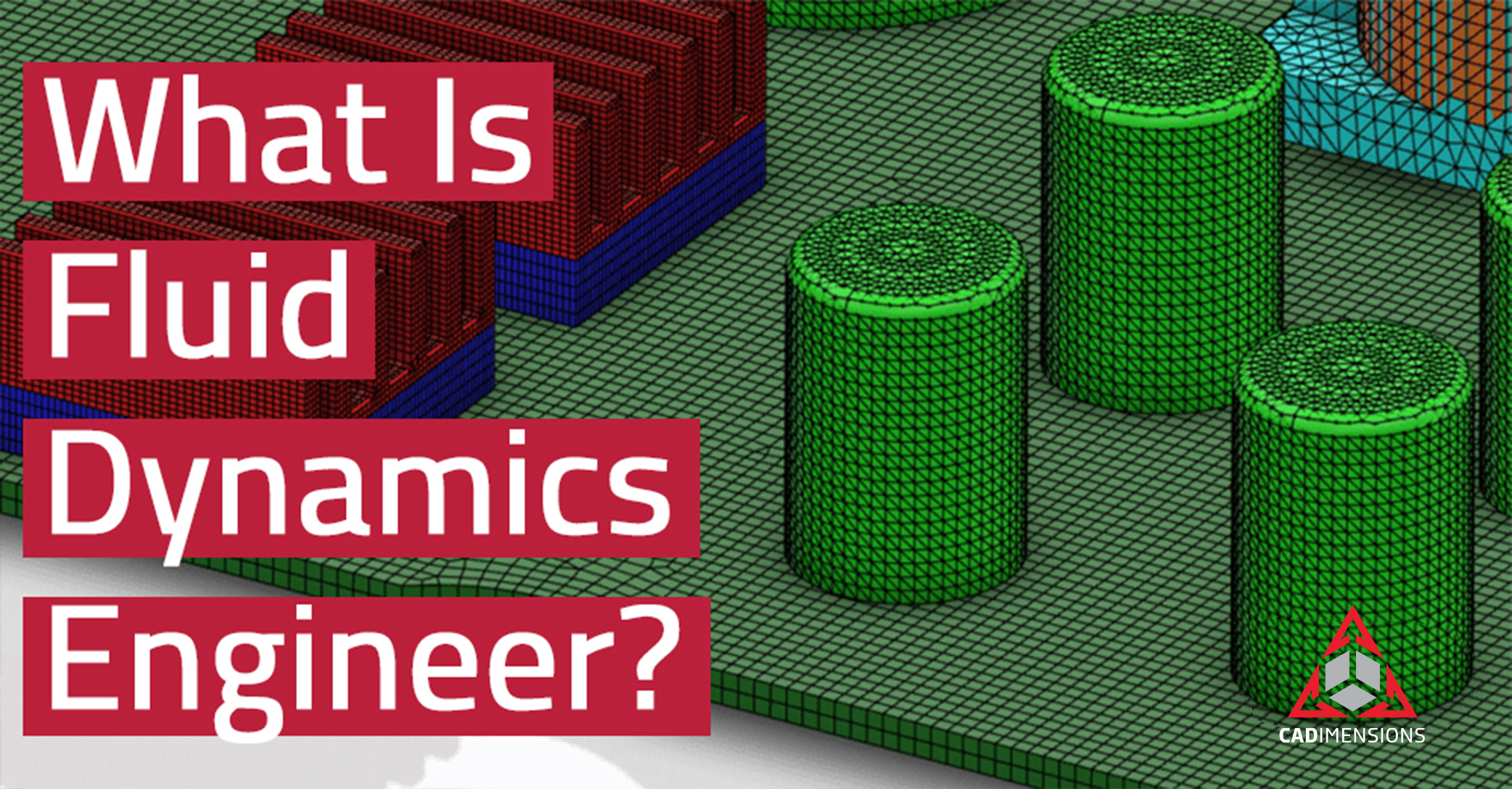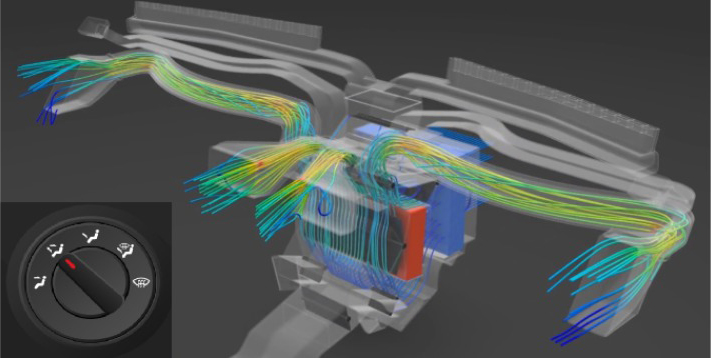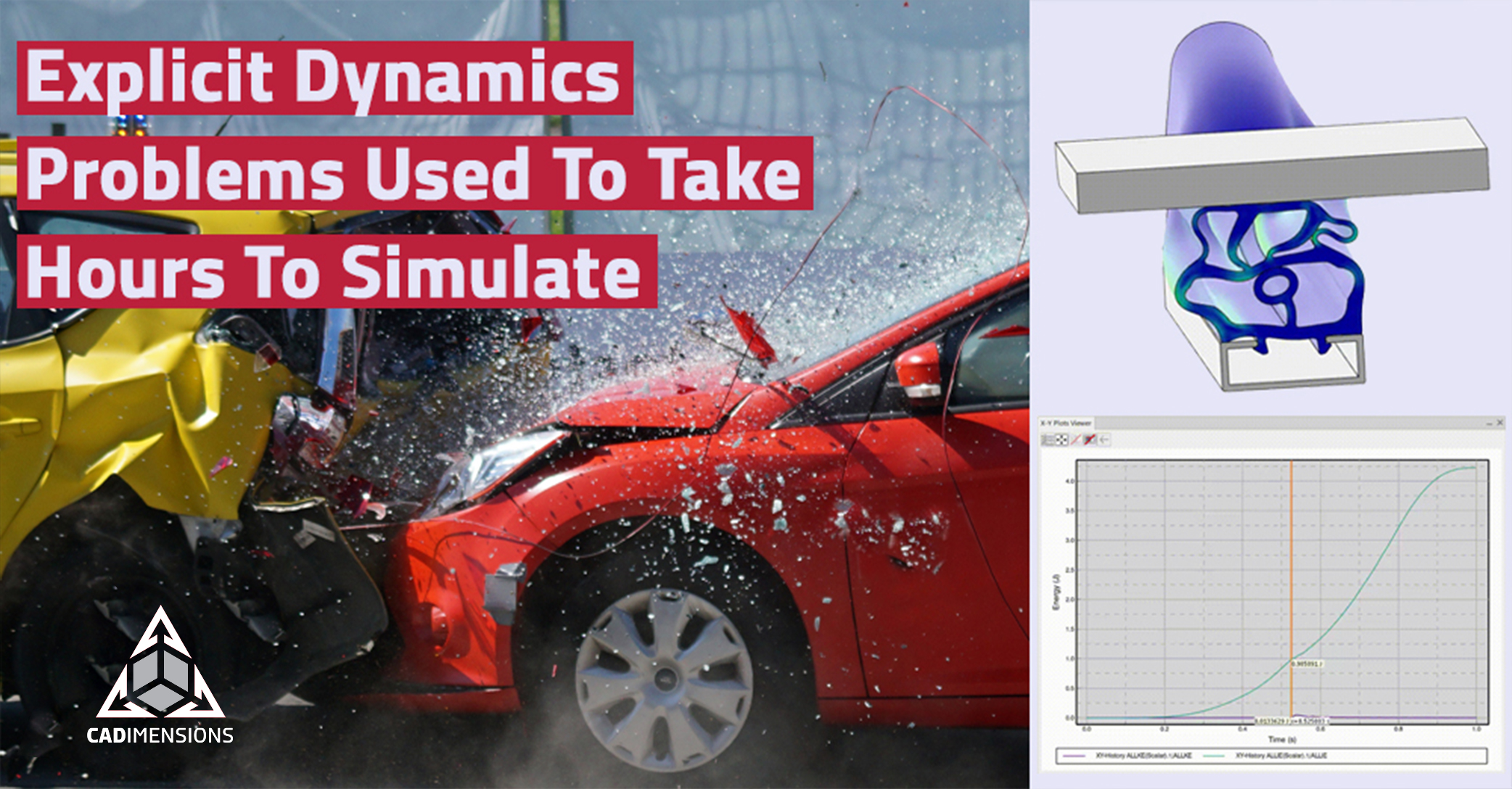What’s the deal with Fluid Dynamics Engineer?
Computational Fluid Dynamics is an expansive field, and you might be under the impression that you need years of experience and expensive hardware to run Flow Simulation studies. Well, I’ve got good news! The new Fluid Dynamics Engineer role on the 3DExperience Platform aims to make Flow Simulation accessible for all while leveraging the power and expertise of SIMULIA CFD solutions. This is awesome news, but how does it stack up to SOLIDWORKS Desktop Flow Simulation?
Ease of Use
SOLIDWORKS Desktop Flow is definitely an approachable product for novice users, but the Fluid Dynamics Engineer actually has a guided assistant to walk you through problem set-up from start to finish! You can’t beat that, especially when it comes to making sure you didn’t miss something the first time through a problem. This problem was a cooling analysis of an electronics enclosure and it helped make sure everything had the correct materials applied, mesh settings, and output requests for my analysis.
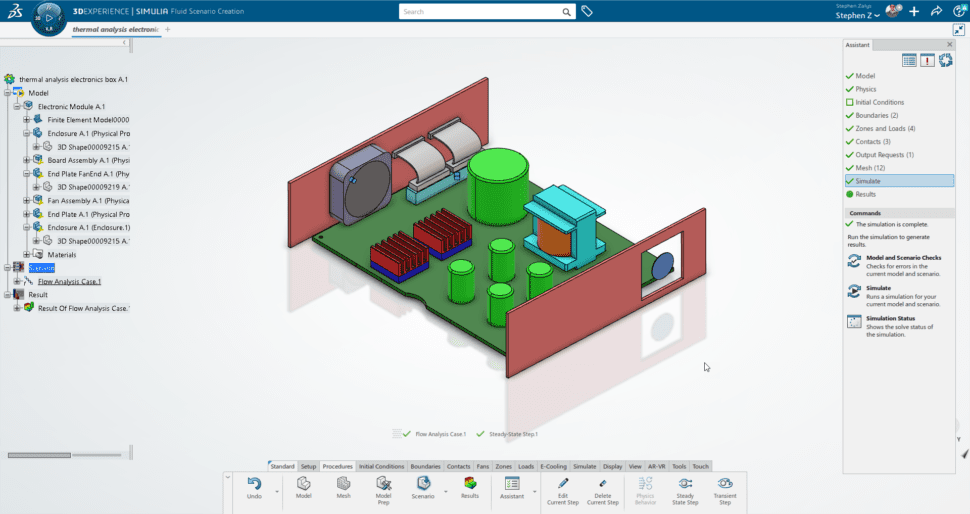
Speaking of mesh, the body-fitted mesh in Fluid Dynamics Engineer is awesome! It automatically extracts the fluid domain around the objects inside the model and makes meshing a snap of the finger. The solid components can take advantage of tetrahedral mesh types like swept meshes to make sure the heat transfer is captured accurately and without excess mesh elements.
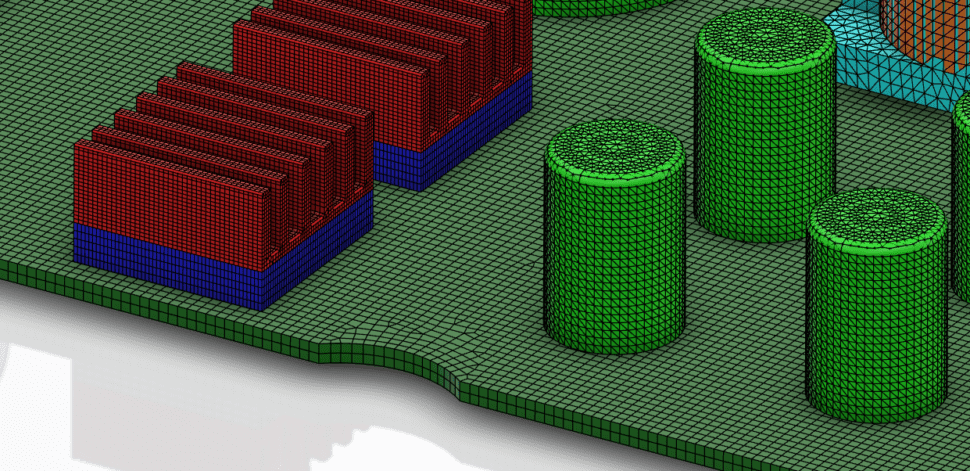
Cloud Computing and Results Storage
Where Fluid Dynamics Engineer, and really all of the new Simulation roles on the 3DExperience Platform shine, is the ability to leverage powerful cloud computing resources to solve larger problems very quickly. This problem ended up being just under 1.5 million cells and it was solved very quickly as compared to Desktop Flow Simulation. The fact it solved on the cloud allowed me to continue other work on my machine while the analysis chugged away, rather than leaving my computer under a high load for extended periods of time. The results are also automatically written to the 3DExperience Platform, so I can quickly view them and share them with coworkers from any web browser!
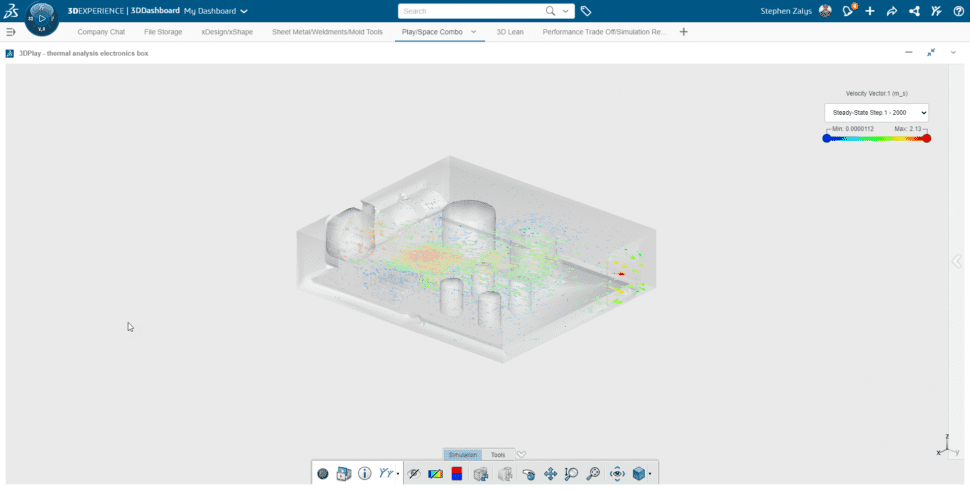
Post Processing
If I wanted the full results to generate a report or take a look at a design variable, I can open the Simulation in the lightweight desktop application and interrogate the model just like I would in SOLIDWORKS Desktop Flow Simulation. We have contour plots, animations, flow trajectories, and much more! It behaves exactly like SOLIDWORKS Desktop, without the need for expensive hardware or Terabytes of storage space.
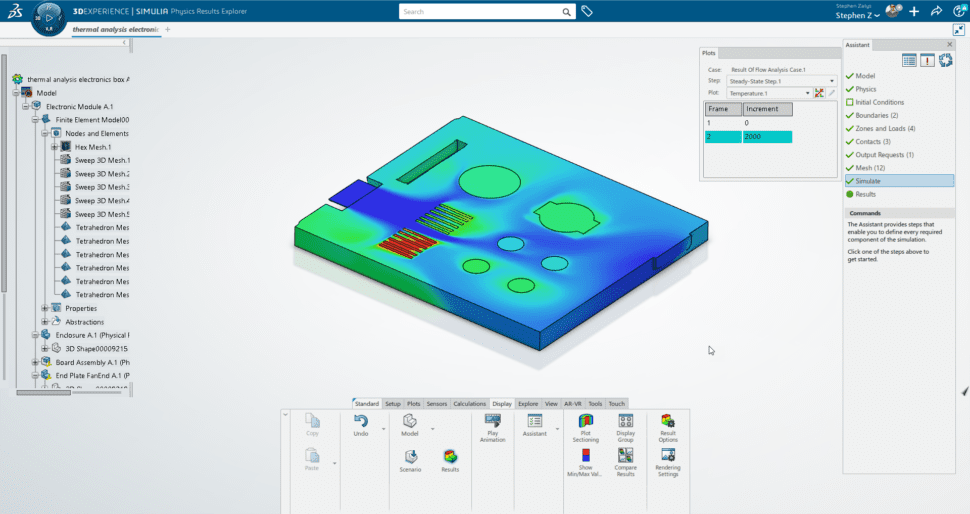
If you think this solution is a fit for you, contact us today!
